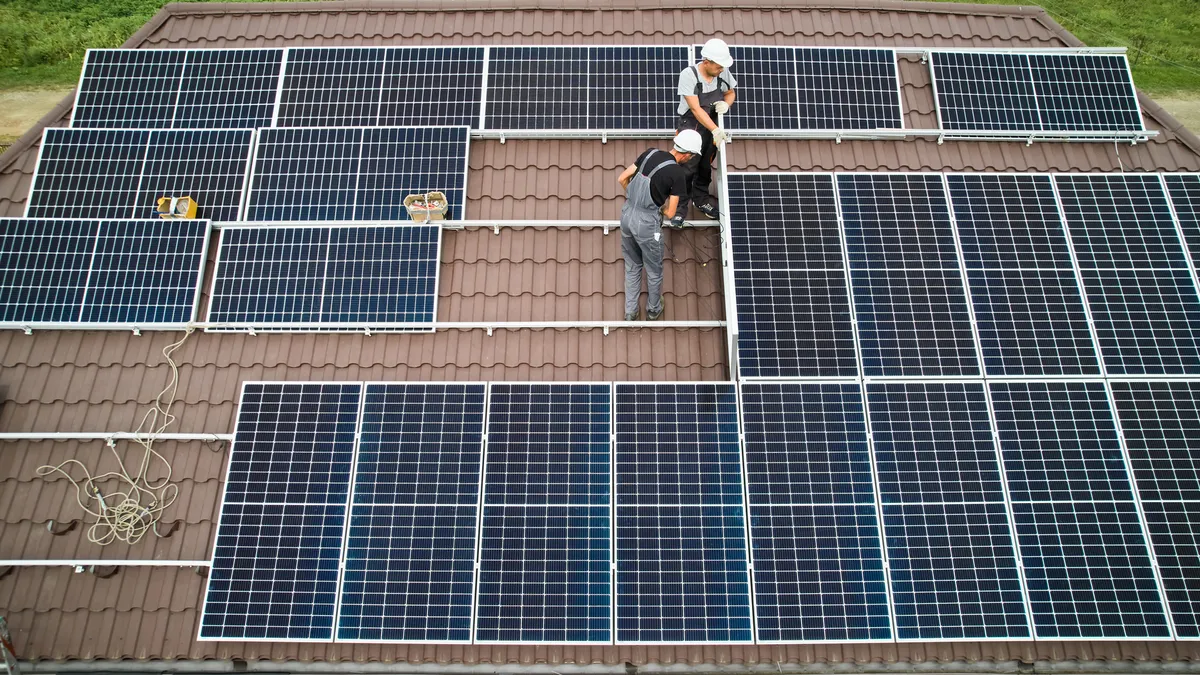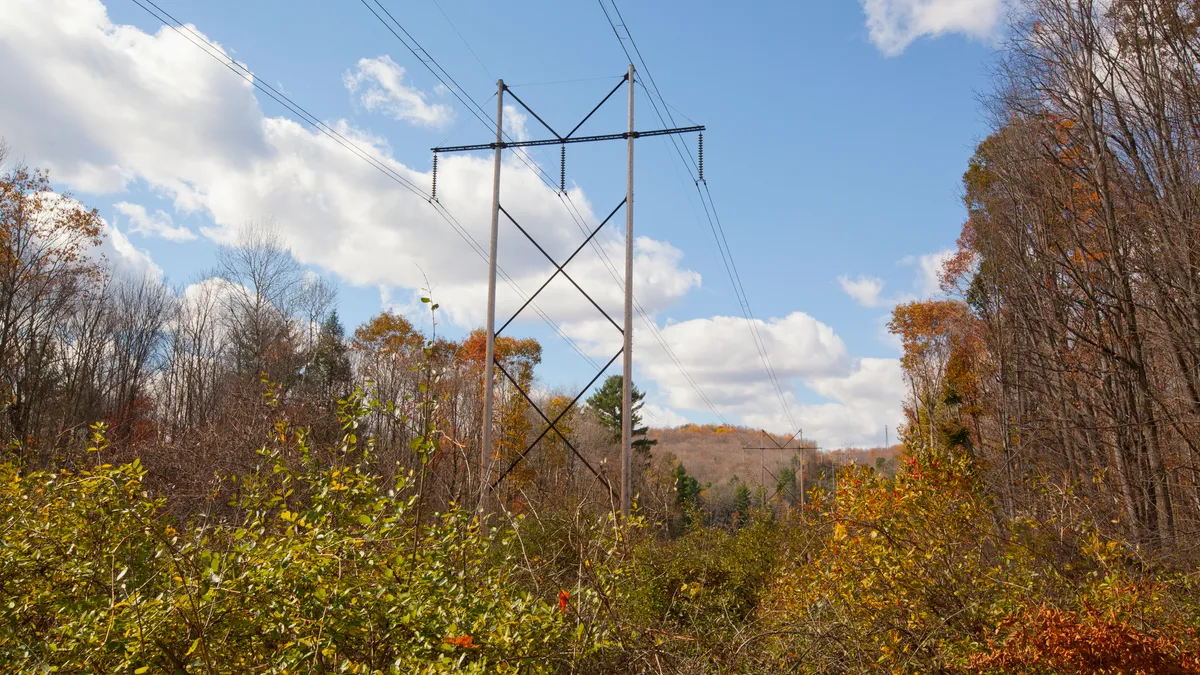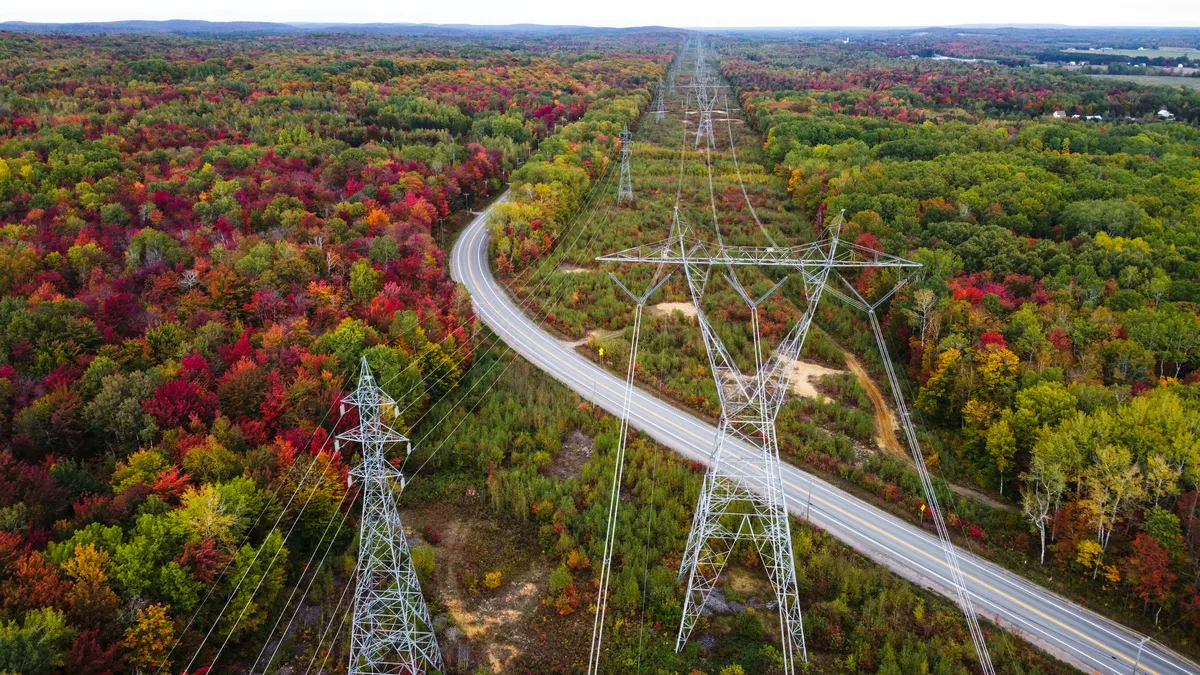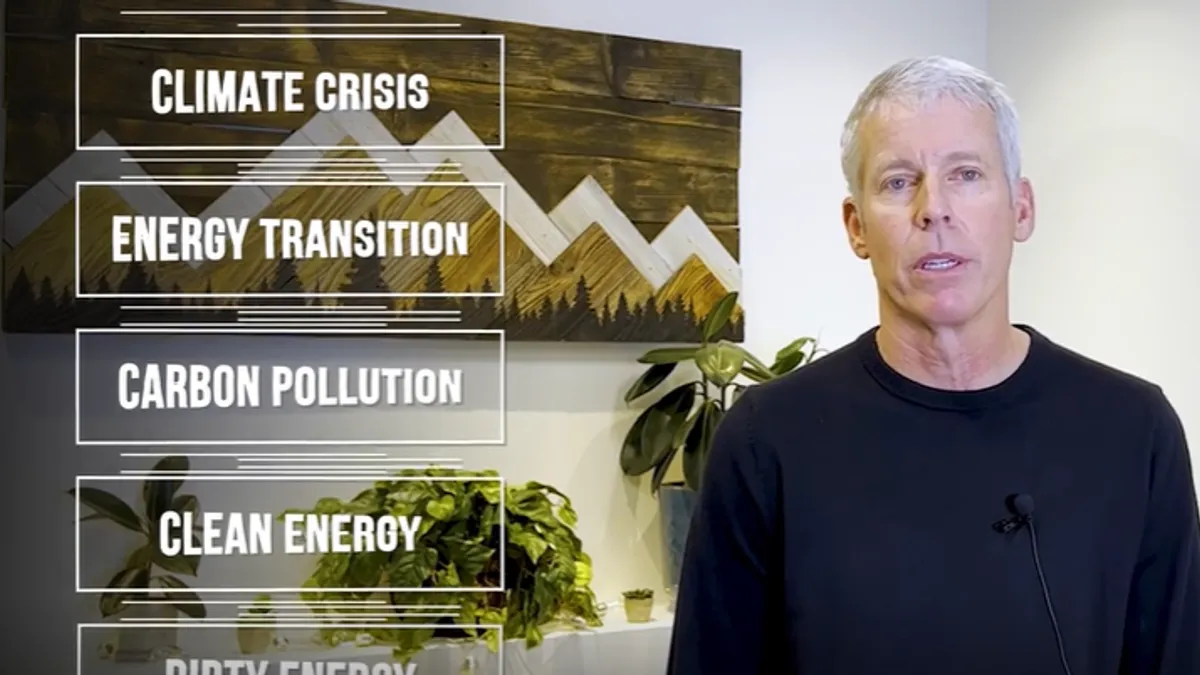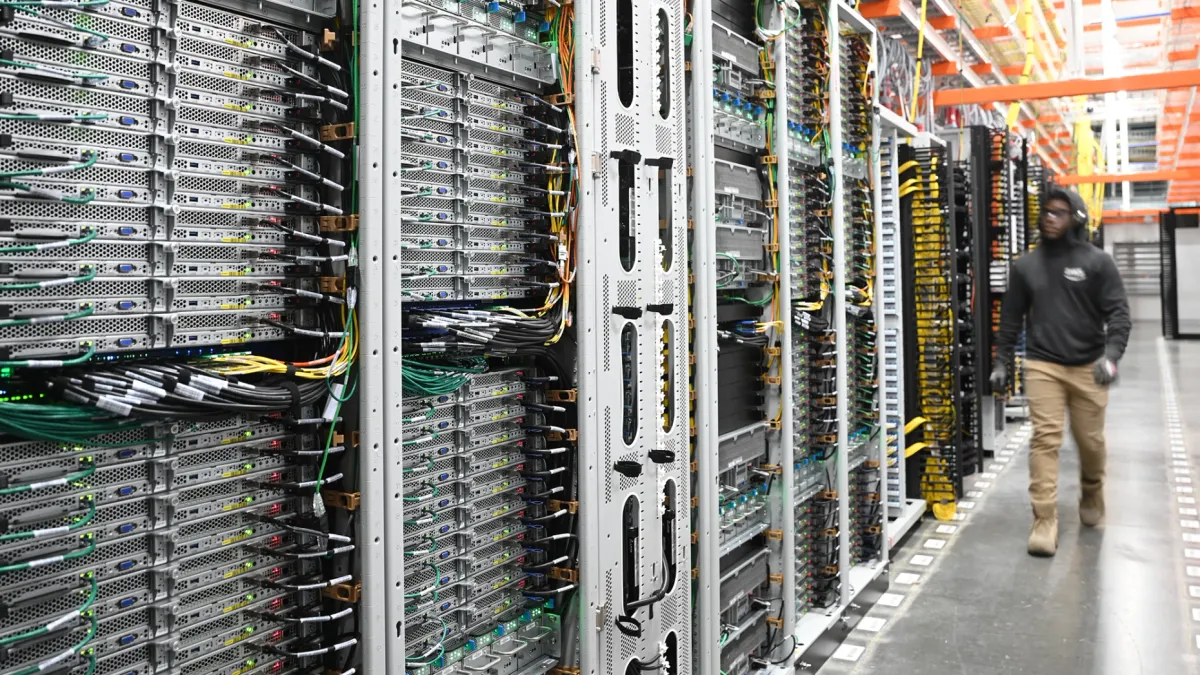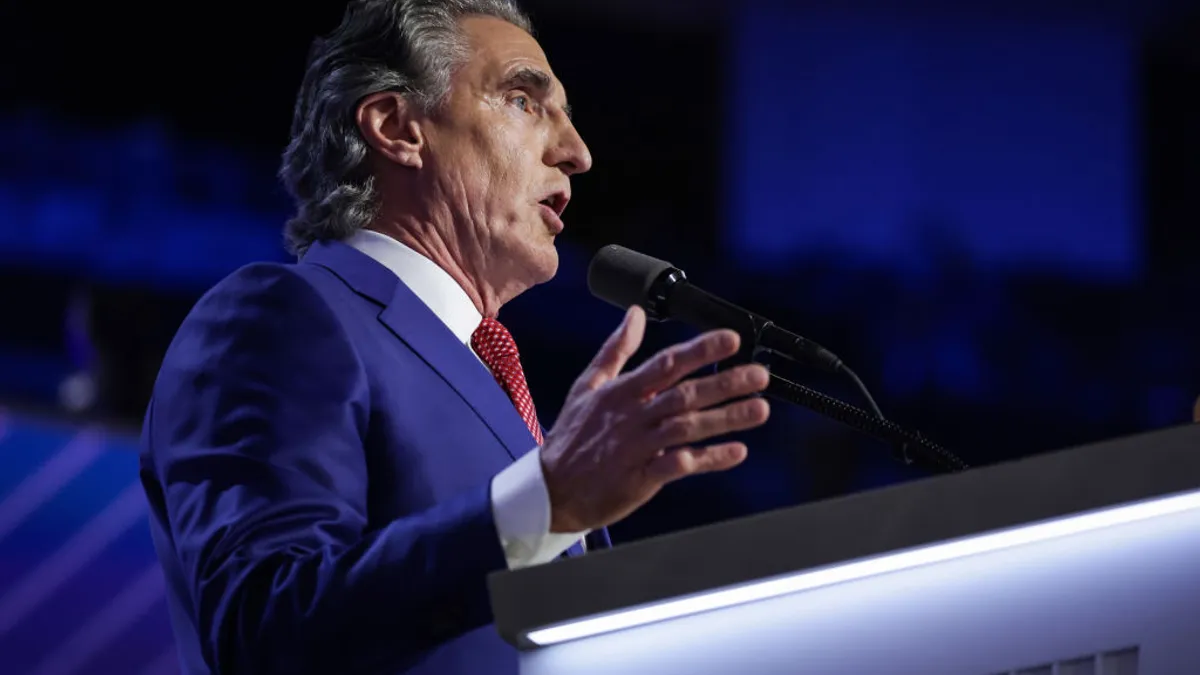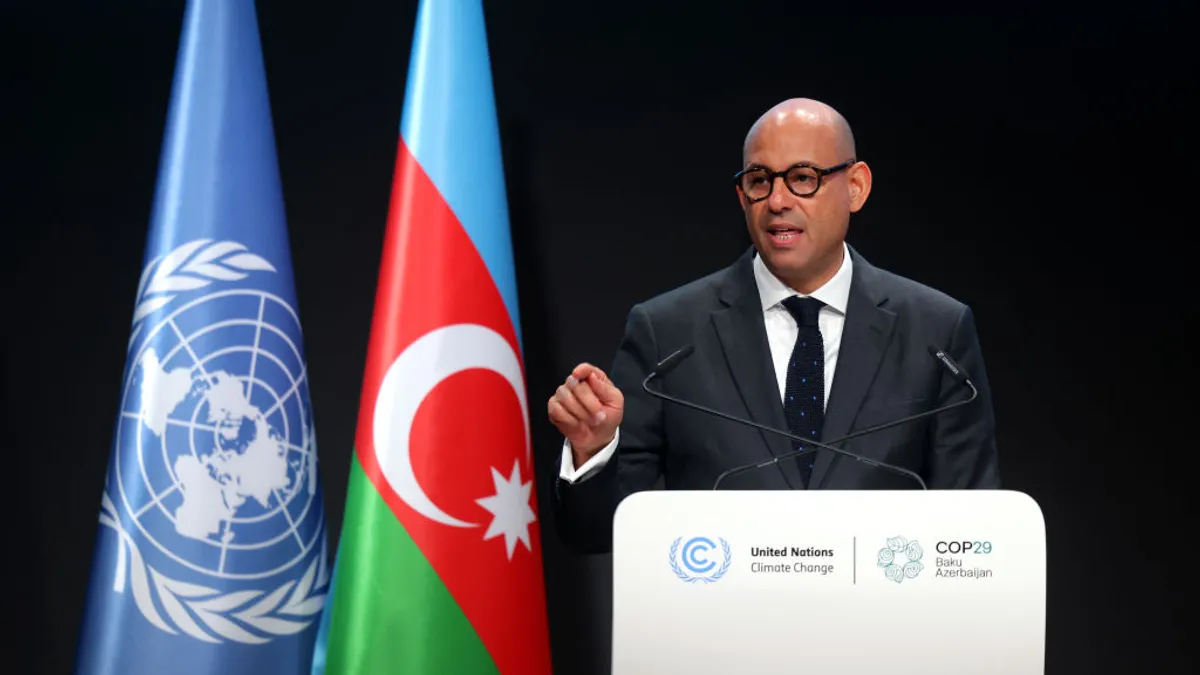It’s never easy taking the reins in the middle of a conflict. But that’s exactly what Paul Thomsen did when he accepted Nevada Gov. Brian Sandoval’s appointment to head the Public Utilities Commission of Nevada (PUCN) in the middle of one of the most rancorous debates over net metering to date.
“We had just come through the legislative session,” Thomsen said. “And seeing the lobbying efforts of the rooftop solar industry depending on where [you were in] the legislative session, we were very cognizant this would be an issue of the Public Utilities Commission.”
Echoing similar debates in states like Arizona and Hawaii, the Nevada solar sector and utilities have been engaged in an intense debate over how to compensate rooftop solar owners. Power providers like NV Energy pushed to scale back the retail rate net metering program they said shifted costs to non-solar customers, while rooftop solar companies pushed to preserve the incentive.
Before being named to the PUC, Thomsen testified last summer as the head of Sandoval's Office of Energy in favor of a bill that directed the PUCN to come up with a successor to the net metering program that would satisfy both sides. By September, Sandoval had named him to head the regulatory body, a move that pleased solar advocates at the time given Thomsen's background in renewable energy,
“When the governor asks you to do the job, you do your duty,” Thomsen, who came to the political arena with a background in geothermal energy, told Utility Dive. “With my kind of independent power background, I was able to get to speed very quickly.”
But since then many in the solar sector say the commission's decisions have done little to satisfy both sides of the debate. In December, the regulators issued a decision rolling back net metering rates for both existing and new solar systems. The absence of a "grandfathering" provision angered many customers who had signed contracts with solar developers that relied on the incentives. Two leading residential developers left the state soon after.
Although the decision was finalized in February, it doesn’t appear the debate is slowing down. In March, Sandoval convened a task force to develop a long-term plan for clean energy in the state, and a petition for a ballot measure protesting the new net metering rates is circulating.
In the midst of this debate, Thomsen spoke to Utility Dive about the reasons behind the controversial decision and what steps Nevada is taking to achieve a clean energy future.
“I don’t think there was a massive challenge,” Thomsen said of the decision. “The evidence that was presented was pretty clear ... that there was a cost shift occurring and we made a rate design to eliminate that cost shift.”
Rooftop solar's boom and near-bust in Nevada
By now, Thomsen is used to defending his net metering decision to critics.
“We are being asked to value variables that are incredibly difficult to value," Thomsen said. "How [do we] reconcile some of those costs and values and how do we do it in a way that benefits the vast majority of ratepayers? I think everyone can take a step back and kind of say ‘evaluate your own personal bias and how those biases are affecting the value you are putting on these variables.'”
That challenge was at the forefront of Nevada’s rooftop solar policy debate.
The Solar Energy Industries Association (SEIA) reported the state saw 198 MW installed in the final quarter of 2015, marking a 191% increase over the previous quarter and a 48% increase over Q4 2014.
The rapid growth came as lawmakers wrestled with how to deal with the solar incentive policy, which required revision when rooftop solar capacity reached 3% of peak load. NV Energy assured the lawmakers that the cap would be hit at the end of the year, giving breathing room to come up with a solution. Eventually, lawmakers passed a bill directing the PUCN to come up with a new tariff by the end of 2015.
But solar advocates said the cap would be hit sooner than that, and they petitioned lawmakers to extend the net metering program, which was rejected. The state hit its cap in August, a top solar installer left Nevada, and pressure increased on lawmakers to propose a new incentive system.
Throughout the process, both solar and utility advocates lobbied regulators and lawmakers extensively. After the decision, sources in the state told Utility Dive that some of the more aggressive solar tactics, including accusations of regulatory bias against the industry, may have alienated regulators. Some solar supporters were even spotted carrying firearms at a regulatory hearing earlier this year.
Thoughout the case, however, Thomsen said he and his colleagues tried to insulate themselves from the noise.
“When you walk into a case, you look at the evidence presented to the commission,” Thomsen said. “And we made the decision with the evidence in front of us. The pressure and theatrics around some of the PR didn’t weigh on our decision making.”
Ultimately, the PUCN arrived at a decision that many critics saw as punitive to the residential solar sector, slashing the retail remuneration rate for net metering customers to the wholesale rate. The decision also created a separate rate class for small commercial and residential solar users, and established a time-of-use pricing option for all customers that will be gradually implemented over four years.
The rates and fixed charge increases would be gradually implemented over 12 years — raising charges from $12.75 to $38.51 by 2028. Lengthening the timeline for gradual implementation was part of a later, compromise proposal from NV Energy, which included a grandfathering provision for existing rooftop solar owners over a period of 20 years.
“I think everything in the hearing was very calm,” Thomsen told Utility Dive. “Don’t really have a strong opinion on it other than for technologies to be successful, [advocates] need to make a salient, clear case to the commission.”
The grandfathering issue
Though regulators incorporated some aspects of the NV Energy compromise proposal into their final decision, they did not include the grandfathering option, which has become the rallying cry for solar advocates contesting the decision in the courts.
Thomsen said the decision not to grandfather in existing rooftop solar users came after the explosive growth Nevada witnessed in 2015.
“We had a 400% increase in net metering participants [in 2015],” he said, which is an overall 500% increase from the original 6,000 participants.
At issue was whether or not the include the existing net metering participants, which had more than quadrupled over a year, in the new, less-lucrative incentive structure. Thomsen pointed to the legislative directive that said they had to reduce the so-called cost-shift burden from non-rooftop solar ratepayers.
80% of the participants in the net metering policy enrolled in 2015, which could bring about regulatory headaches when picking a cutoff date for a grandfathering provision, Thomsen said.
“Instead of arbitrarily picking and choosing a date, we decided to treat them all equally,” Thomsen said, explaining why they chose not to include a grandfathering provision.
This decision was unprecedented in recent U.S. solar policy. Previously, there had always been some kind of grandfathering provision in other orders in other states, industry experts told Utility Dive. Now, one state chose to exclude this key provision, which could have implications for ongoing proposals.
Thomsen pointed out that a “grandfathering provision” was never a guarantee. “I think there was a risk in just assuming they [solar advocates] were going to put so much pressure on the Commission to allow grandfathering.”
“I guess this brings us to this idea of a hedge," he said. "[Customers] believed it was a hedge against energy prices and as energy prices have declined in Nevada, I believe they want this grandfathering to protect them.”
Hedge or not, the lack of such a provision was a key factor in driving out two leading developers from the state. Shortly after the decision was announced, SolarCity and Sunrun announced they were ceasing operations in the state.
But Thomsen said subsidies will continue to be reduced and business models will have to change to survive.
“Just relying on large subsidies to keep a sector growing isn’t a success,” he said. “ As we see prices change and innovation adopted, we want to get to place where solar can be developed and implemented to the utility model without a large cost shift or subsidy.”
Persisting challenges in valuing solar
The fight over how to compensate distributed generation is far from over in the industry, and Nevada. But Thomsen is confident that rooftop solar will continue to blossom in Nevada despite these regulatory setbacks.
“I think we’ve already seen some companies innovating with solar-plus-storage,” he said. “We’re going to continue to see rooftop solar develop in this state.”
“Most importantly, we’re going to continue to evaluate this as a rate design issue,” Thomsen added. Thomsen issued a procedural order to evaluate distributed energy resources — rooftop solar, storage and other technologies — in an upcoming rate case this summer. He knows the same debates will come up, but this time it will be in front of a jury of their peers in Nevada.
“[I] said, ‘let’s value all these technologies,’ so we’re going to look at PV, PV-plus-solar, and we’re going to have each one of this technologies explain what benefit they provide in front of their peers and have their peers evaluate them,” he said. “And I think that’s going to give net metering, demand-side management and geothermal and wind [an opportunity] to make their case and say these are the benefits they provide.”
But one of the biggest challenges could be collecting data from some of the parties involved, something that was a frustration for Thomsen and his fellow commissioners during the net metering hearings.
“The biggest challenge — I would quantify it as a frustration — was getting evidence from some of our participants,” Thomsen said. “The evidence was not presented in front of the commission but was presented in front of the media. We had data requests that when unanswered.”
Without naming names, Thomsen said some solar companies shielded themselves behind trade and advocacy groups instead of independently contributing testimony and data.
“Why wasn’t that information provided?” Thomsen said. “Why was there a seeming tactical obfuscation of information where it would have undergone scrutiny? I think it’s fascinating since I’ve been in the PUC that not one large, solar company has participated independently. They have always participated by proxy."
“They are taking extreme measures of not having to be put in the position to having to defend their position in front of the Public Utilities Commission," he said. "To be successful, they are going to have to put themselves out there and be reviewed.”
Nevada’s renewable energy future
Thomsen isn’t fazed by the proliferation of new technologies. Instead, he sees an opening for Nevada to tackle opportunities posed by its vast amounts of renewable resources and become a leader in the sector.
“To be perfectly blunt, we’re going to continue to see rooftop solar developed in Nevada,” Thomsen said. “We might see it developed in a slightly different model ... and [need] to do a closer evaluation of which rooftops that provides the best. We’re going to see a good bit of energy storage, and I hope what we’re looking for in [an upcoming integrated resource plan] what does that hybrid design look like and how we can implement that moving forward.”
For now, Thomsen’s vision for Nevada’s cleaner electrical future includes developing geothermal resources alongside solar and wind resources, and continue debates over how to value emerging technologies.
“I think we’re going to see a lot of interplay there where we haven’t seen it in other commissions,” Thomsen said. “My goal is to have this vibrant debate on this values and make sure they defend it across all sectors. It’s going move forward this summer and should be an interesting docket.”







